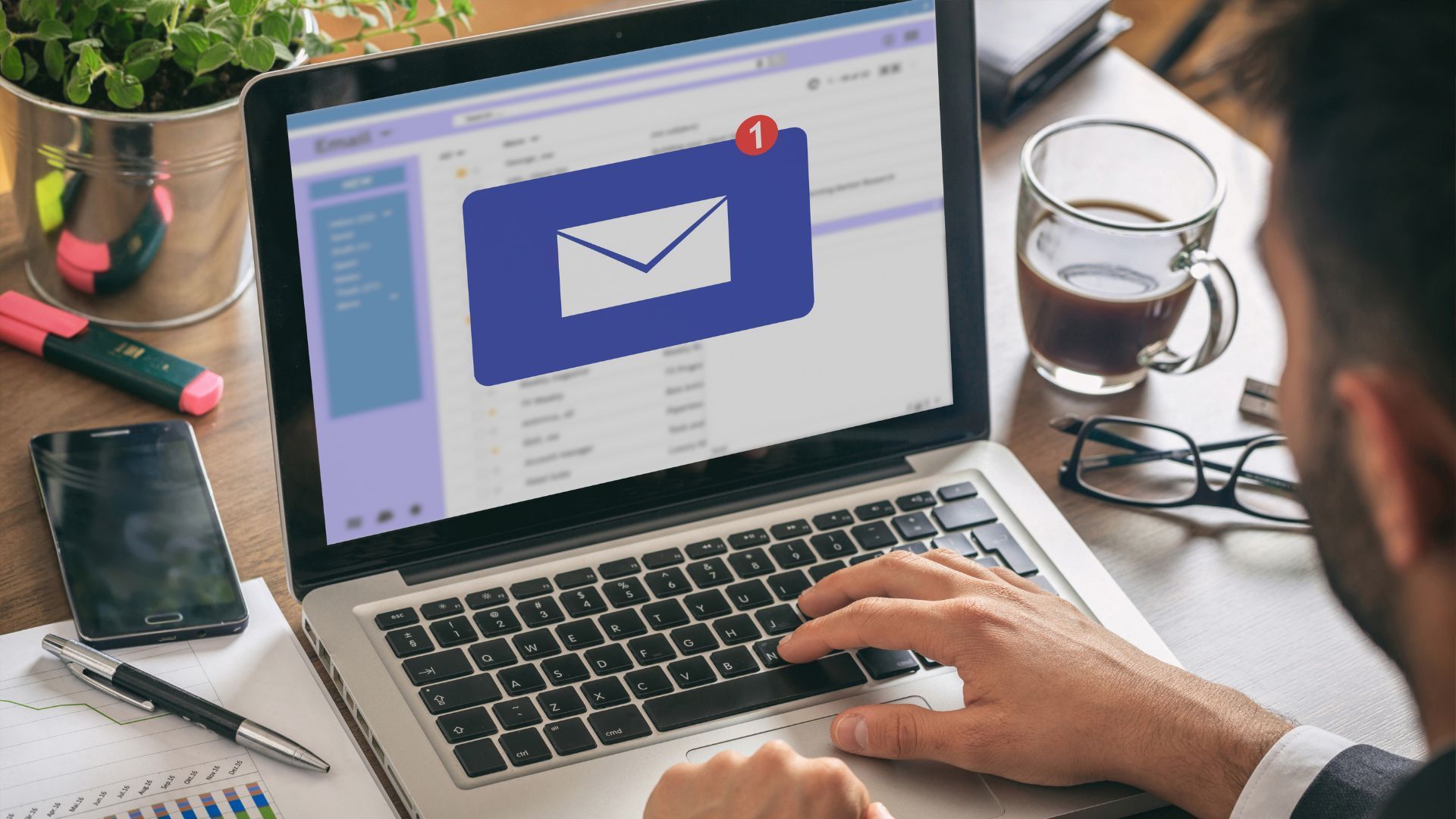In the ever-evolving landscape of digital marketing, terms like SEO and PPC get tossed around like trendy buzzwords. But for small businesses navigating the online world, understanding the distinct nuances of these two crucial strategies is paramount. So, let's clear the fog and unpack the key difference between SEO and PPC, helping you find your unique voice and reach your target audience effectively.
1. Organic vs. Paid Results
At its core, the primary distinctions of SEO and PPC lie in their approach to visibility.
SEO (Search Engine Optimization) focuses on organic ranking, meaning you strive to climb the search engine ladder naturally. By optimizing your website's content, structure, and user experience, you aim to become relevant and credible enough for search engines to place you higher in unpaid results.
However, PPC (Pay-Per-Click) represents the paid advertising side of the coin. Here, you create sponsored ads that appear at the top of search results or on other platforms, directly paying for every click you receive.
2. Building vs. Buying Traffic
Think of SEO as a marathon and PPC as a sprint.
While SEO efforts pay off in the long run, gradually building organic authority and attracting consistent traffic, PPC delivers immediate visibility. You can launch your ad campaign today and see clicks flowing in. This is perfect for time-sensitive promotions or targeting specific audiences quickly.
However, remember that PPC results vanish once you stop paying, requiring continuous investment for sustained exposure. SEO, conversely, offers lasting value, even if it takes time and strategic effort to see any results.
3. Precision vs. Broad Reach
Both SEO and PPC allow you to target your ideal audience, but in nuanced ways.
SEO relies on keyword optimization, strategically incorporating relevant terms that potential customers might search for. By aligning your website's content with these keywords, you increase the chances of appearing in relevant search results, attracting a broader audience with genuine interest in your offerings.
PPC, however, offers laser-focused targeting. You can meticulously define demographics, interests, and online behavior to ensure your ads reach the people who will likely convert. This targeted approach can be highly effective for specific campaigns or reaching niche audiences.
4. Investment vs. Expenditure
While both require strategic planning and ongoing management, their financial footprints differ significantly.
SEO involves an initial investment in website optimization, content creation, and potentially technical improvements. However, once implemented, these efforts can generate long-term organic traffic without additional ongoing costs (barring maintenance and content updates).
PPC, conversely, demands consistent expenditure. Every click on your ad incurs a charge, meaning your budget directly dictates the amount of traffic you drive. Balancing cost-effectiveness with your campaign goals is crucial when deciding between the two.
5. Control and Flexibility
Both SEO and PPC offer varying degrees of control over your online presence.
With SEO, you optimize your website and content, influencing how search engines perceive and rank your business. While algorithms update and ranking factors evolve, you hold a certain degree of control over your organic performance through ongoing optimization efforts.
PPC, on the other hand, grants you more immediate control over ad placement, targeting parameters, and even messaging. You can adjust your campaigns in real-time based on performance data, making them highly adaptable to changing market conditions.
6. Synergistic Power
Although distinct, SEO and PPC are best utilized when they complement each other. A well-crafted SEO strategy lays the foundation for organic visibility, attracting a steady stream of qualified leads for your small business.
Meanwhile, targeted PPC campaigns can amplify your reach, driving immediate traffic for specific promotions or effectively reaching niche audiences. This powerful combination allows you to capture both long-term organic growth and targeted short-term impact, maximizing your online presence and return on investment.
The Difference Between Your SEO and PPC Campaigns
Understanding the unique strengths and limitations of both SEO and PPC empowers you to make informed decisions that align with your business goals and resources. Consider your budget, timeline, target audience, and desired results to identify the perfect approach for your needs.
Remember, True North Technologies is here to guide you every step of the way. We provide
tailored digital marketing solutions to help you achieve sustainable online success by finding your voice and audience. Contact us today to discuss your unique journey and
chart a course towards digital domination.
Latest Posts



